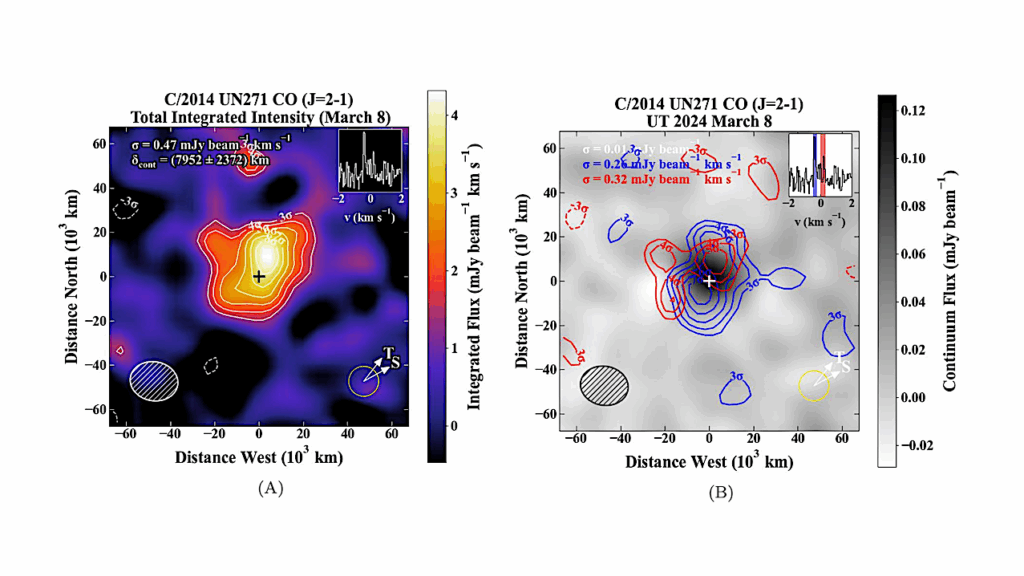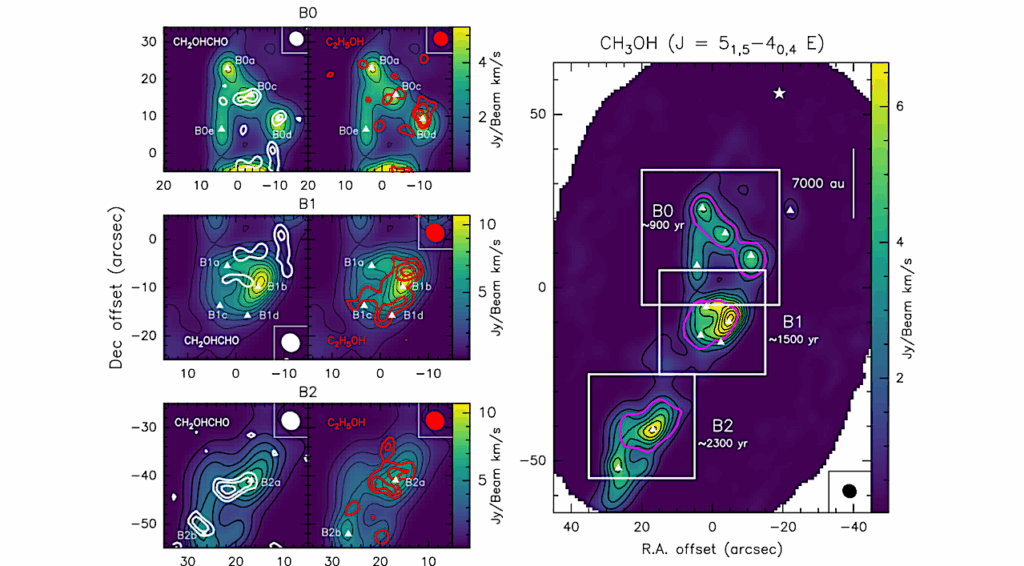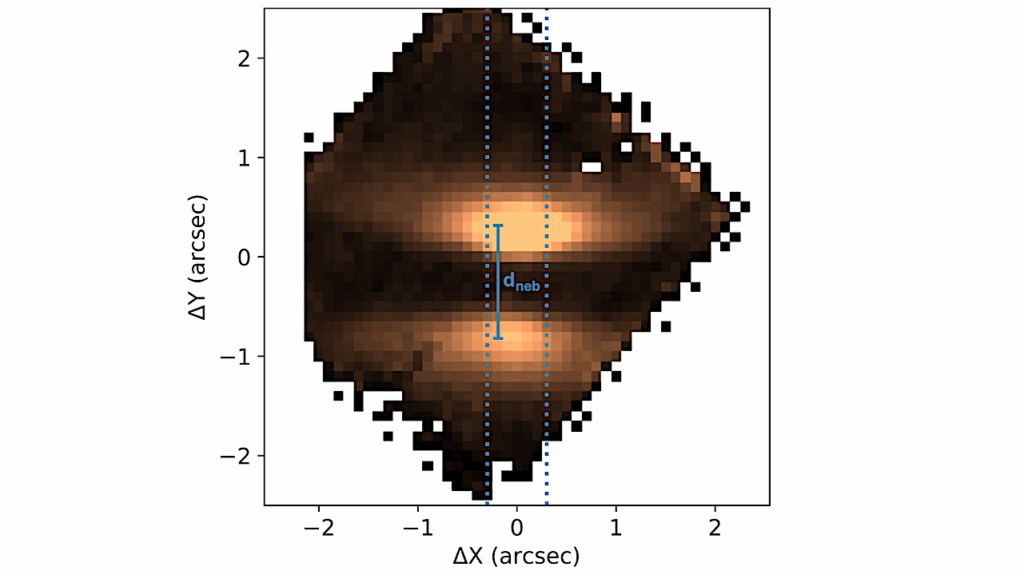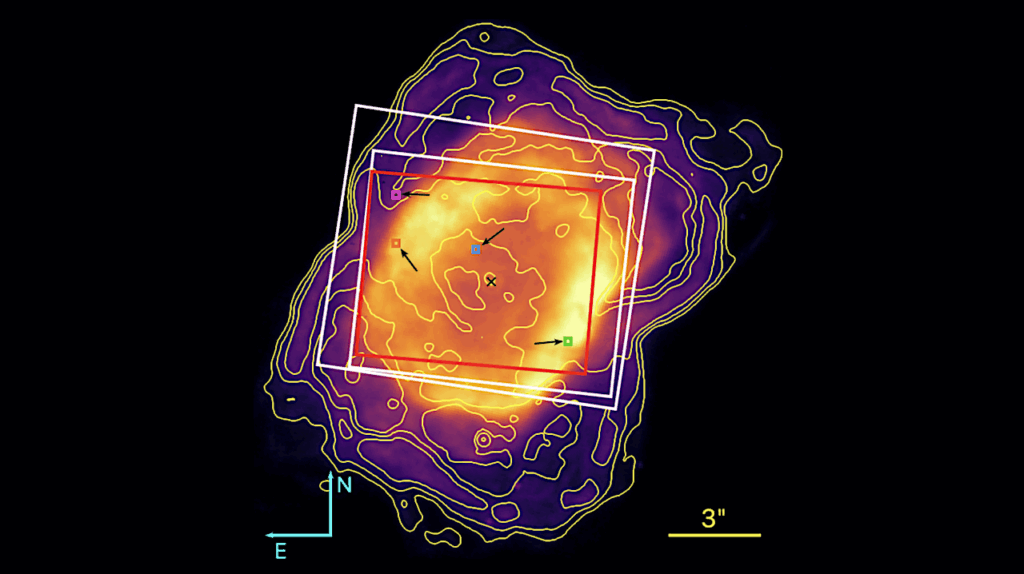Natural Affinities May Have Set Stage for Life to Ignite

The chemical components crucial to the start of life on Earth may have primed and protected each other in never-before-realized ways, according to new research led by University of Washington scientists.
It could mean a simpler scenario for how that first spark of life came about on the planet, according to Sarah Keller, UW professor of chemistry, and Roy Black, UW affiliate professor of bioengineering, both co-authors of a paper published online July 29 in the Proceedings of the National Academy of Sciences.
Scientists have long thought that life started when the right combination of bases and sugars produced self-replicating ribonucleic acid, or RNA, inside a rudimentary “cell” composed of fatty acids. Under the right conditions, fatty acids naturally form into bag-like structures similar to today’s cell membranes.
In testing one of the fatty acids representative of those found before life began – decanoic acid – the scientists discovered that the four bases in RNA bound more readily to the decanoic acid than did the other seven bases tested.
By concentrating more of the bases and sugar that are the building blocks of RNA, the system would have been primed for the next steps, reactions that led to RNA inside a bag. “The bag is the easy part. Making RNA from scratch is very hard,” Keller said. “If the parts that come together to make RNA happen to preferentially stick to the surfaces of bags, then everything gets easier.”
The scientists also discovered a second, mutually reinforcing mechanism: The same bases of RNA that preferentially stuck to the fatty acid also protected the bags from disruptive effects of salty seawater. Salt causes the fatty acid bags to clump together instead of remaining as individual “cells.”
The researchers found that several sugars also give protective benefit but the sugar from RNA, ribose, is more effective than glucose or even xylose, a sugar remarkably similar to ribose, except its components are arranged differently.
The ability of the building blocks of RNA to stabilize the fatty acid bags simplifies one part of the puzzle of how life started, Keller said.
“Taken together, these findings yield mutually reinforcing mechanisms of adsorption, concentration and stabilization that could have driven the emergence of primitive cells,” she said.
Roy Black, lead author of the paper, originated the ideas behind the work. A retired biochemist with Amgen Inc., Black contributed funding for the work to Keller’s lab – the work also received National Science Foundation funding – and became a UW affiliate professor volunteering in the Keller lab.
“I think that a pretty common story is that some young hotshot comes to UW to start her or his career and does a risky experiment that uncovers new fundamental science,” Keller said. “Here we have an older hotshot who came to UW at the end of his Amgen career to do a risky experiment that uncovers new fundamental science.
“I think the story also emphasizes that people don’t become scientists just because it is a good job – they do it because they love it,” she said. “Roy worked for a year and a half straight, volunteering his time to UW on something he didn’t get paid for, just for the joy and the curiosity.”
The paper’s other co-authors are Matthew Blosser at the UW, Benjamin Stottrup at Augsburg College in Minneapolis, Ravi Tavakley at the University of Minnesota, and David Deamer at the University of California, Santa Cruz.
For more information: Keller, [email protected], 206-543-9613








